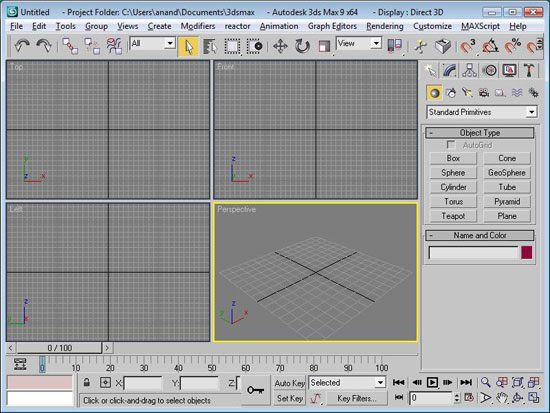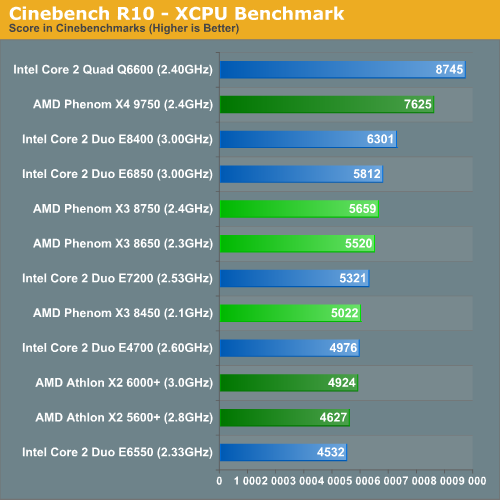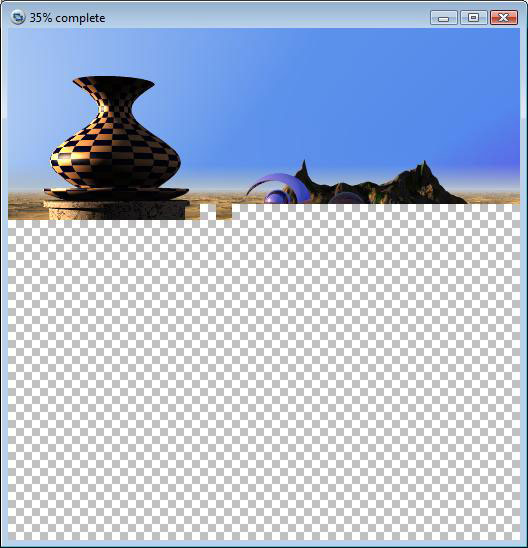AMD's Phenom X3 8000 Series: Fighting Two Cores with Three?
by Anand Lal Shimpi on April 23, 2008 9:00 AM EST- Posted in
- CPUs
3D Rendering Performance
3dsmax r9

Our benchmark, as always, is the SPECapc 3dsmax 8 test but for the purpose of this article we only run the CPU rendering tests and not the GPU tests.
The results are reported as render times in seconds and the final CPU composite score is a weighted geometric mean of all of the test scores.

We've started testing with Windows Vista Service Pack 1, which for some reason really penalizes Intel in our 3dsmax benchmark. The CBALLS2 benchmark (a part of the SPECapc test) runs significantly slower on Intel platforms than it used to, resulting in a far more competitive landscape under 3dsmax.
Thanks to its on-die memory controller, the Phenom X3 is able to remain competitive at lower clock speeds than Intel but the problem is that it's not quite competitive enough. The Core 2 Duo E8400 and Phenom X3 8750 are similarly priced and perform virtually identically here, but the E8400 only has two cores vs. three in the Phenom thanks to a significant clock frequency disparity (3.0GHz vs. 2.4GHz).
Cinebench R10

A benchmarking favorite, Cinebench R10 is designed to give us an indication of performance in the Cinema 4D rendering application.

Competing within AMD, the Phenom X3 8650 is around 12% faster than the Athlon X2 6000+, and the 8450 almost 9% faster than the equivalently priced Athlon X2 5600+. The problem is that both chips are about the speed of Intel's Core 2 Duo E7200 and not even the fastest X3 8750 can outperform the Core 2 Duo E6850.
AMD continues to offer a reasonable upgrade to Socket-AM2 motherboard owners who are lucky enough to be on AMD's compatibility list, but falls short of being anything but an mild alternative to Intel at this point.
POV-Ray 3.7 Beta 24

POV-Ray is a popular raytracer, also available with a built in benchmark. We used the 3.7 beta which has SMP support and ran the built in multithreaded benchmark.











45 Comments
View All Comments
Anand Lal Shimpi - Wednesday, April 23, 2008 - link
The problem is without support in 100% of the titles it's not something you can really count on. If you go with too slow of a CPU, hoping to rely on GPU acceleration but then try and play a rip that isn't accelerated you're just out of luck.Regardless, I'm just waiting for the day when all platforms feature GPU acceleration :)
Take care,
Anand
ViRGE - Wednesday, April 23, 2008 - link
"Now if you pirate your HD movies then none of this matters, as GPU accelerated H.264 decode doesn't work on much pirated content."Sure it does, the Cyberlink H.264/MPEG-2 decoder is a complete DirectShow-compliant module. Anything H.264 that can be played in a DirectShow application is accelerated by it, both legit and pirated content.
0roo0roo - Thursday, April 24, 2008 - link
it doesn't matter either way. pirated h264 content tends to be lower bitrate versions of the full hd rip.even at full bitrate it doesn't matter as processors have come to a point where even budget dual cores can decode h264 quite well.
ChronoReverse - Wednesday, April 23, 2008 - link
And on the free software side, Media Player Classic Home Cinema (what a mouthful) also has GPU accelerated decode now too (only for the newer video cards though).While not all pirate content are encoded in a manner that can be accelerated, the functionality is available now.